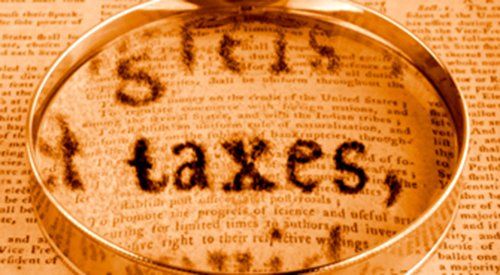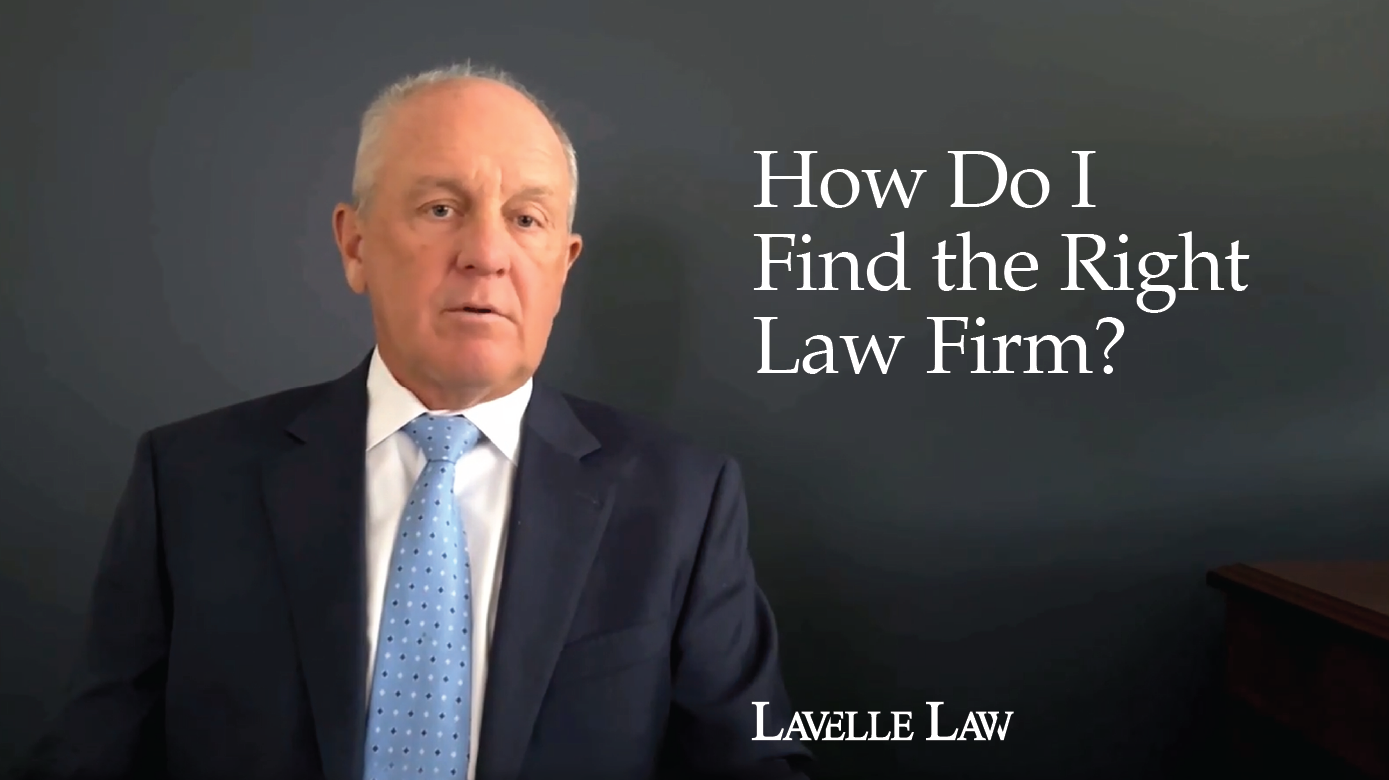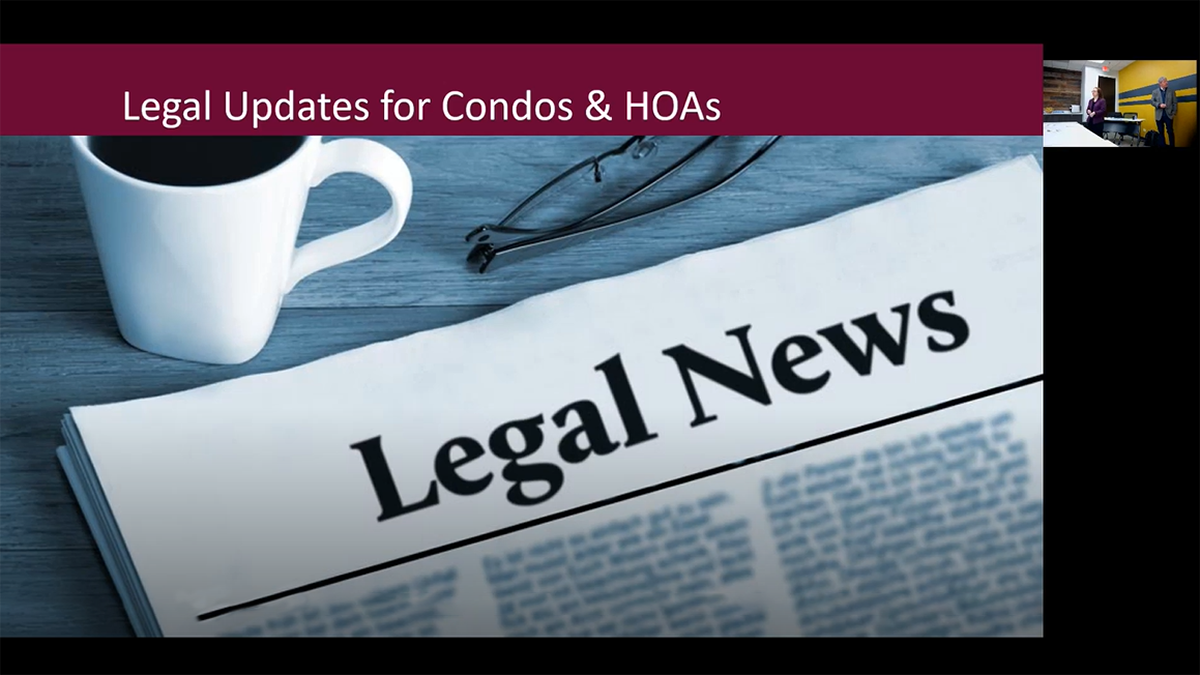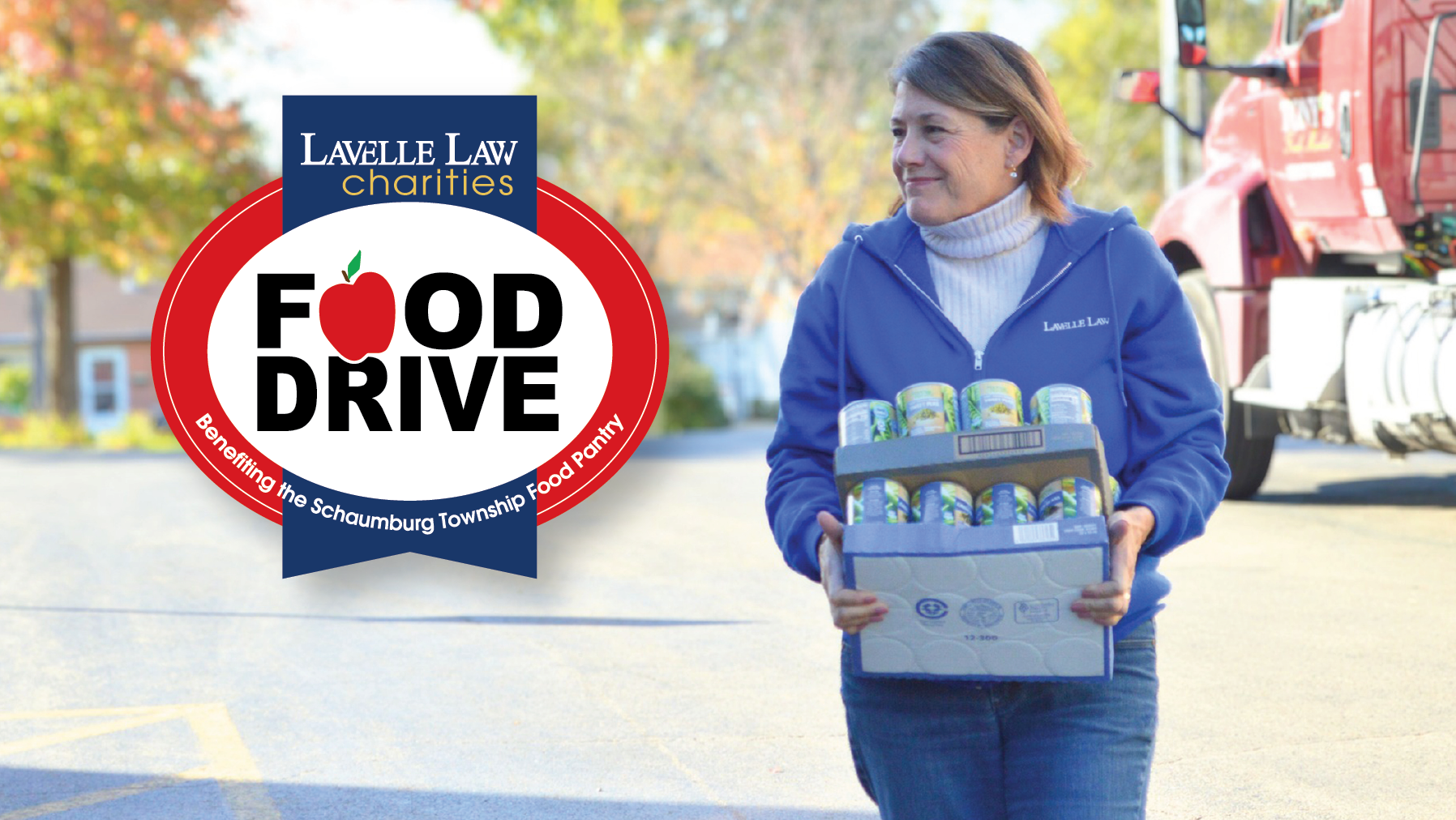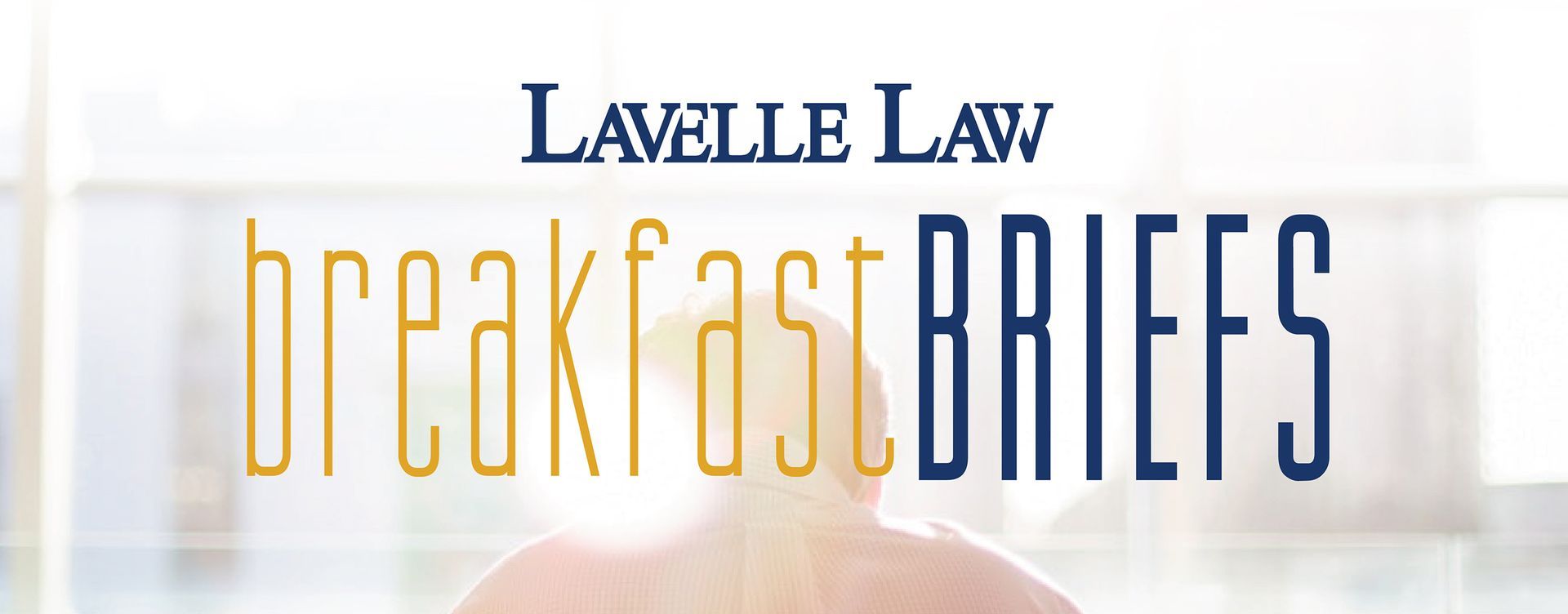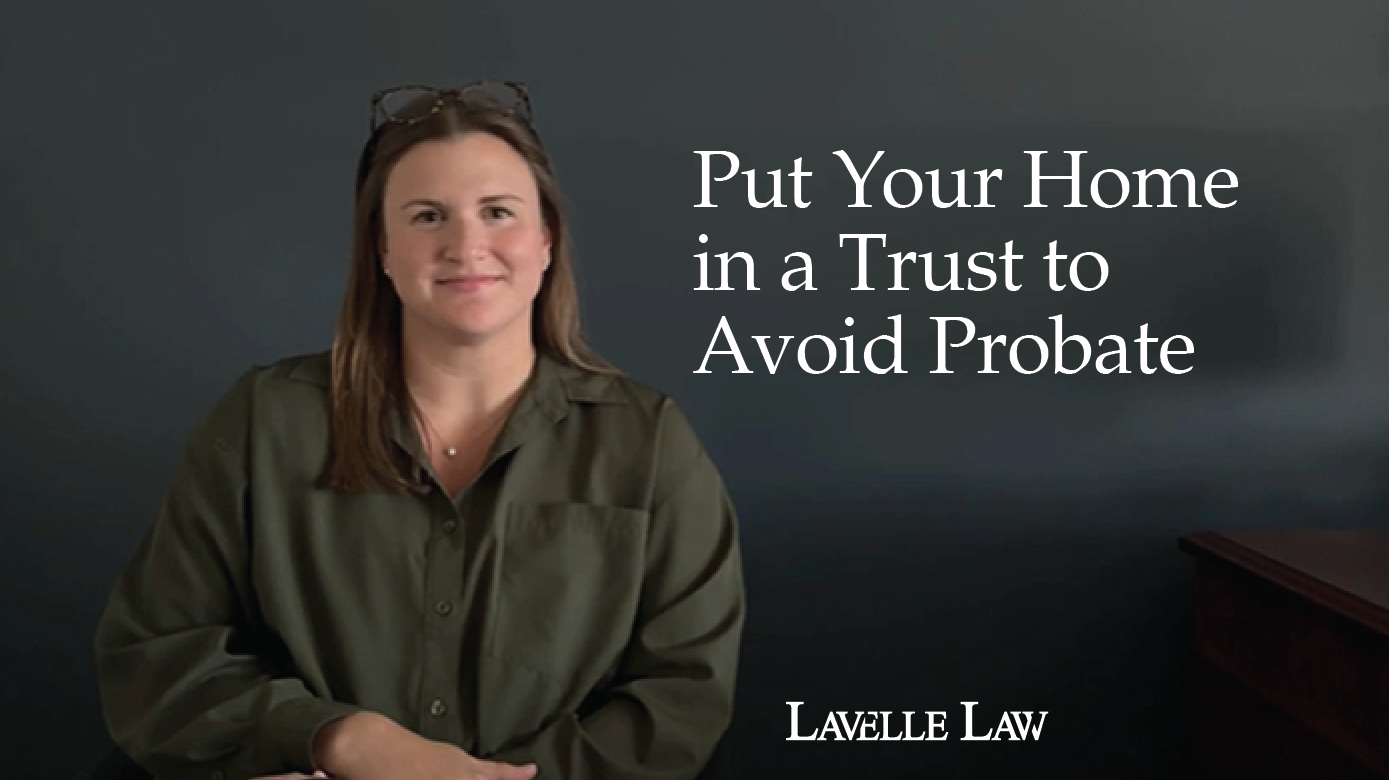Interim Final Rule on Paycheck Protection Program
Steven A. Migala and Nataly Kaiser • April 13, 2020
On April 2, the U.S. Small Business Administration issued an Interim Final Rule to help answer some of the questions surrounding the Paycheck Protection Program (“PPP”)—one of the cornerstones of the Coronavirus Aid, Relief, and Economic Security (CARES) Act signed into law in March. The stated purpose for issuing the rule was to inform small businesses on how to apply for a loan and the terms of the loan under section 1102 of the Act as soon as possible. See Interim Rule text HERE.
Key provisions of the interim rule include further guidance on the formula for determining the maximum loan amount, what expenditures are included in payroll costs, and the treatment of independent contractors.
Maximum Loan Amount.
The formula for determining the maximum loan amount is as follows:
- Step 1: Aggregate payroll costs (discussed in the next paragraph below) from the last 12 months for employees who are US residents.
- Step 2: Subtract compensation in excess of an annual salary of $100,000.
- Step 3: Divide the total by 12 to determine average monthly payroll.
- Step 4: Multiply the average monthly payroll by 2.5.
- Step 5: Add the outstanding amount of any Economic Injury Disaster Loan made between January 31, 2020 and April 30, 2020, less the amount of any advance under an EIDL COVID-19 loan.
Determining Payroll Costs.
Payroll costs include salary, wages, commissions, or similar compensation; cash tips or the equivalent; payment for vacation, parental, family, medical, or sick leave; allowance for separation or dismissal; payment for group health care coverage; and payment of state and local taxes assessed on compensation. For an independent contractor, payroll costs include wages, commissions, income, or net earnings from self-employment. The interim final rule does not address the discrepancy between the Act language stating that payroll costs are based on the 12-month period preceding the loan date and the loan application instructions stating that borrowers should use the 2019 monthly average. Further, the rule states that the $100,000.00 limit is based on an employee’s annual salary.
Independent Contractors.
Independent contractors do not count as employees for purposes of the loan calculations. Instead, contractors have to apply for a PPP loan independently. The interim rule also states that household employers are ineligible for the loan. Household employers are individuals who employ household employees such as housekeepers or nannies.
Affiliation Rule.
According to the interim rule, the SBA affiliation rules still apply, effectively excluding small and midsize companies owned by private equity from qualifying for a loan. The rule provides that affiliation rules under 13 CFR 121.301(f) still apply unless specifically waived in the Act. The only waiver discussed in the Act is for foodservice and accomodation businesses such as restaurants, bars, and hotels.
Other Provisions.
The interim rule confirms that the PPP is a first-come, first-served program and no more than 25% of the loan forgiveness amount may be for non-payroll costs. Further, no eligible borrower may receive more than one PPP loan.
If you have any questions about the PPP or the Interim Final Rule, contact Steven Migala at smigala@lavellelaw.com
or 847-705-7555.
More News & Resources
Lavelle Law News and Events

The Illinois General Assembly enacted Public Act 1738, amending several provisions of the Illinois Code of Civil Procedure to raise debtor exemption limits effective 1.1.26. The new law provides expanded protection for residents, marking the most significant increase to the state’s exemption statutes in over a decade.


